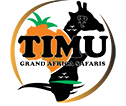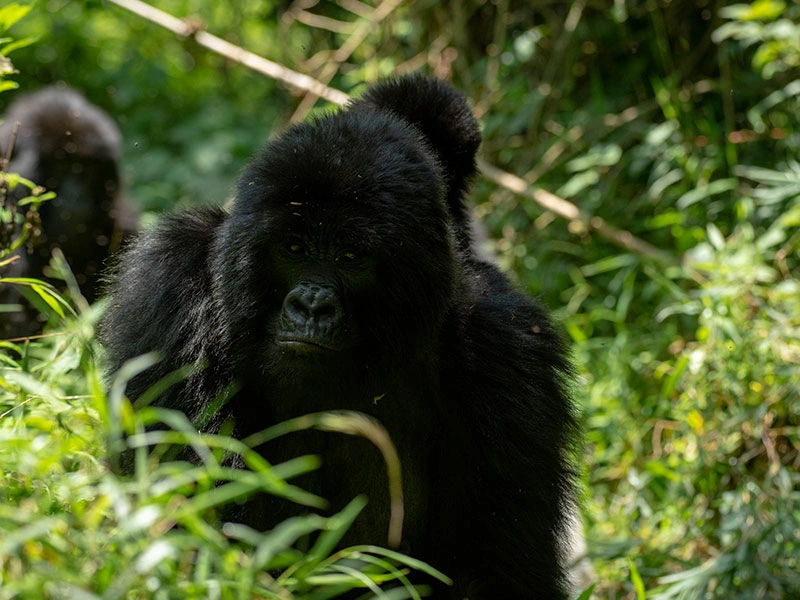Gorilla Trekking in Uganda vs. Rwanda: A Comprehensive Guide
Gorilla trekking is a life-changing experience, offering an opportunity to observe one of the world’s most endangered species in its natural habitat. With both Uganda and Rwanda being prime destinations for gorilla trekking, each country offers a unique experience with varied terrain, costs, and opportunities for cultural immersion. This guide provides insights into both destinations, helping you decide which experience best suits your interests and expectations.
Overview of Gorilla Trekking
Mountain gorillas are among the rarest primates, with only around 1,000 individuals remaining in the wild. These gorillas inhabit the dense rainforests of the Virunga Mountains in Rwanda and the Bwindi Impenetrable Forest in Uganda. Trekking to see them in the wild is not only a thrilling adventure but also an essential conservation effort that helps protect these majestic creatures and supports local communities.
Gorilla Trekking in Uganda
Key Destinations and Experience
In Uganda, gorilla trekking is primarily conducted in Bwindi Impenetrable Forest National Park, home to over half of the world’s remaining mountain gorillas, as well as Mgahinga Gorilla National Park. Bwindi offers diverse trekking experiences with four sectors—Buhoma, Ruhija, Rushaga, and Nkuringo—each with different habituated gorilla families. This provides visitors with a variety of options, from shorter hikes to more challenging treks through dense jungle.
Mgahinga Gorilla National Park, though smaller, offers a unique trekking experience on the slopes of the Virunga Mountains. Visitors here have the added chance to see the transboundary Nyakagezi gorilla family, which occasionally roams across Uganda, Rwanda, and the Democratic Republic of Congo.
Cost and Accessibility
Uganda offers a more affordable gorilla trekking experience compared to Rwanda. Gorilla trekking permits in Uganda are priced at $800 per person for foreign non-residents, making it a popular choice for budget-conscious travelers. Although it requires a longer drive from Entebbe or Kampala to reach Bwindi (around 8–9 hours), this can be offset by flights to closer airports like Kihihi or Kisoro, reducing travel time and enhancing comfort.
Additional Experiences
Uganda’s gorilla trekking tours offer more than just the gorilla experience. Bwindi is rich in biodiversity, with over 120 mammal species and 350 bird species, making it an excellent choice for nature enthusiasts. Uganda also offers a unique gorilla habituation experience in Bwindi’s southern sector, where trekkers can spend up to four hours with semi-habituated gorillas, learning from researchers and conservationists. This immersive experience costs $1,500 per person and allows for a deeper understanding of gorilla behavior and conservation efforts.
Gorilla Trekking in Rwanda
Key Destinations and Experience
Rwanda’s primary destination for gorilla trekking is Volcanoes National Park, located near the town of Musanze. The park’s lush landscape is part of the Virunga Massif, which includes several volcanic mountains that add a unique scenic backdrop to the trekking experience. Rwanda’s trekking routes are generally more accessible, with shorter and slightly easier hikes, making it a suitable option for those who prefer a less strenuous trek. This ease of access also allows visitors to potentially view the gorillas within a few hours, making the experience shorter but more manageable for travelers with limited time.
Cost and Accessibility
Rwanda has positioned itself as a premium gorilla trekking destination, with a permit costing $1,500 per person. This higher price tag is accompanied by a focus on exclusivity, with a strong emphasis on quality over quantity in terms of tourism. Volcanoes National Park is also only a 2.5-hour drive from Kigali International Airport, which adds to its appeal for travelers seeking a quick and seamless experience.
Additional Experiences
Rwanda’s Volcanoes National Park provides additional wildlife and cultural experiences, making it an excellent destination for a well-rounded safari. Visitors can trek to see golden monkeys or visit the Karisoke Research Center, founded by renowned primatologist Dian Fossey, to learn about gorilla conservation. Rwanda also offers immersive cultural experiences, such as visiting Iby’Iwacu Cultural Village, where you can learn about traditional Rwandan customs, dance, and lifestyle.
Choosing Between Uganda and Rwanda for Gorilla Trekking
When choosing between Uganda and Rwanda, several factors should be considered, including budget, physical fitness, travel time, and additional experiences.
Unique Opportunities: Uganda offers a unique gorilla habituation experience, allowing for a more immersive and extended interaction with the gorillas, while Rwanda’s cultural and research sites provide added value for travelers interested in conservation and local culture.
Budget: Uganda is generally the more budget-friendly option, with trekking permits costing half as much as those in Rwanda. This can be a decisive factor for travelers looking to experience gorilla trekking without breaking the bank.
Ease of Access and Travel Time: Rwanda is easier to access, with Volcanoes National Park a short drive from Kigali. Uganda’s Bwindi and Mgahinga Parks require a longer drive or additional flights, which may suit those looking for a more extended travel experience but may deter those on a tight schedule.
Trekking Experience: Uganda’s Bwindi Impenetrable Forest offers a more challenging trekking experience with steep, sometimes muddy trails, making it ideal for adventure-seekers. Rwanda’s treks tend to be shorter and more accessible, which is beneficial for travelers seeking a less strenuous hike.




